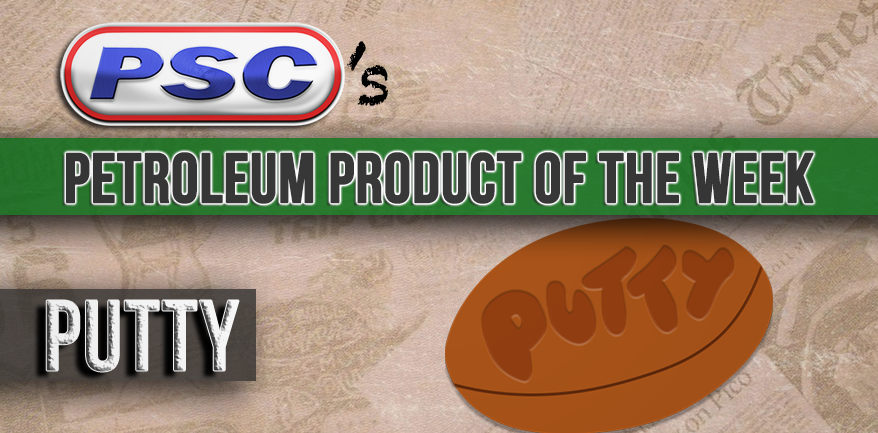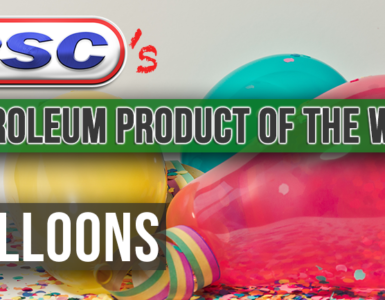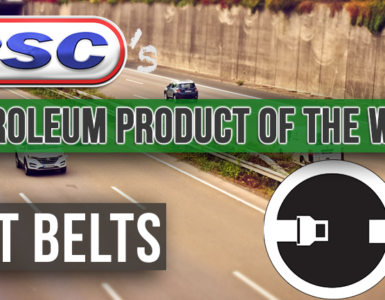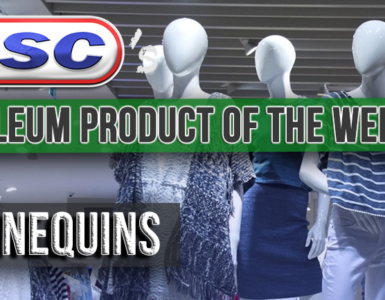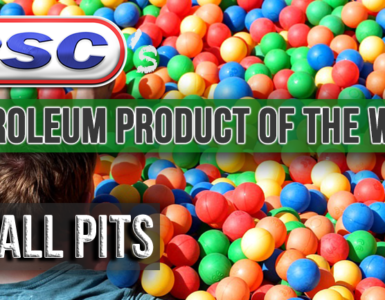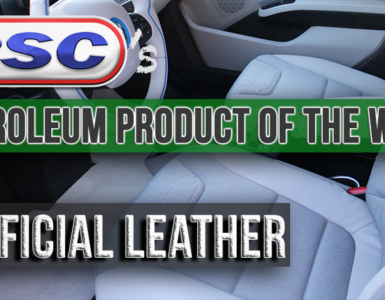Personally, I’ve been mesmerized by the slime and putty videos that have been blowing up online. There’s just something about watching someone twist and stretch the stuff out that reminds me of my childhood.
All of a sudden, I’m surrounded by the scent of crayons and I can hear children running and laughing. I’m pressing putty to that morning’s newspaper and slowly peeling it back to reveal a reverse imprint of the article (something I now do on my nails sometimes—but that’s another story).
I need to get me some slime.
Invented… on Accident?
The Silly Putty* that we’ve all grown to hold near and dear to our hearts was actually an accident. A General Electric engineer, James Wright, was looking to create an inexpensive synthetic rubber substitute for the war effort.
What he created was a substance that could stretch and bounce farther than rubber, stand up to extreme temperatures, and copy newspaper and comic book print when pressed to it.
However, it failed as a replacement to synthetic rubber. It was then sold as an adult novelty gift before an unemployed copywriter Peter Hodgson saw its potential as a children’s toy. He bought the rights from GE and renamed it Silly Putty*. It was introduced at the New York 1950 International Toy Fair but really took off after The New York Magazine wrote about it months later.
After the product became popular, people discovered practical uses for it—much like with WD-40. It could be used to remove dirt, lint, and more from clothing and has been proven for use in physical therapy. It was even used by astronauts to keep tools from floating off in spaceships… and to entertain them.
Fun Fact: WD-40 is suggested to remove putty from clothing, hair, and other textured surfaces.
Hogsten quickly became a multi-millionaire and the product spread around the world. Hodgson died in 1976 and the rights to Silly Putty were acquired by Crayola.
Today, it’s becoming popular on Etsy (called “slime”) with homemade versions in any color, texture, and effect imaginable, really (I need unicorn slime). You can even make your own with a few ingredients that you likely have at home (if you’re opting for a borax-free mixture).
Let’s Talk the Big 3: Putty, Plastic, Petroleum
Putty is made from silicone polymers, boric acid, and other chemicals. Oftentimes, color and glitter are added, and this is where the petroleum comes in.
Also, let’s not forget about the containers! Those eggs and little tubs are made from plastic, which is derived from petroleum.
Fun Fact: Remember when I mentioned putty taking up newspaper print? Some people have noticed that it doesn’t quite do that anymore. This is because not all newspaper ink is petroleum-based anymore!
When produced in bulk in manufacturing settings, sigma-blade mixers are often used. When using a mixer like this, lubrication is used to ensure the machine runs properly and the masses can get their putty (and play with it, too).
Sources:
https://en.wikipedia.org/wiki/Silly_Putty
http://www.madehow.com/Volume-5/Silly-Putty.html
*Silly Putty is now a trademark of Crayola LLC.

